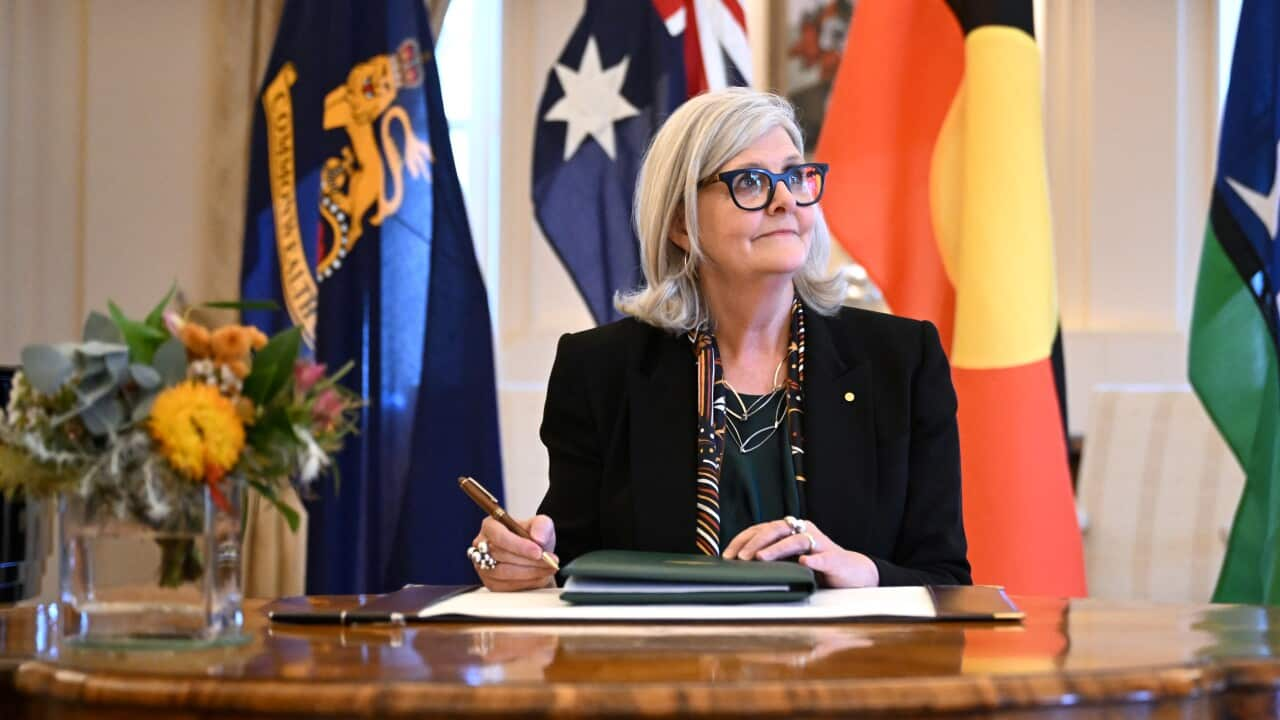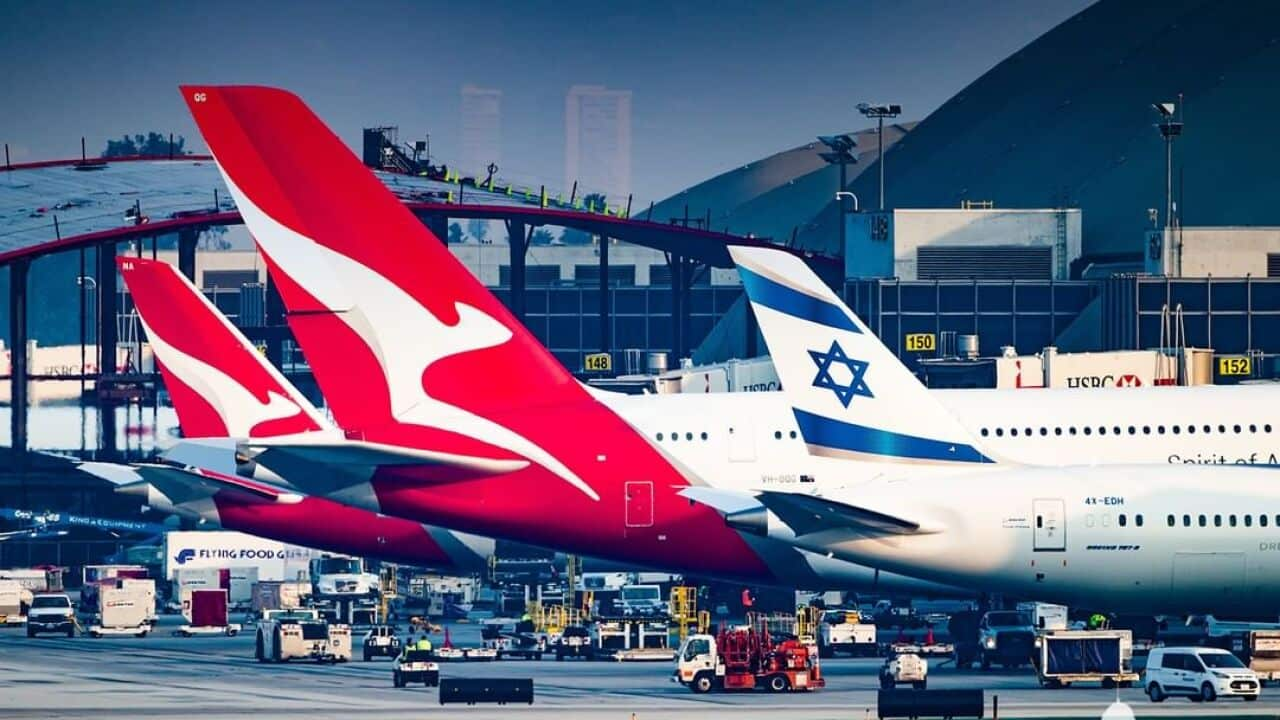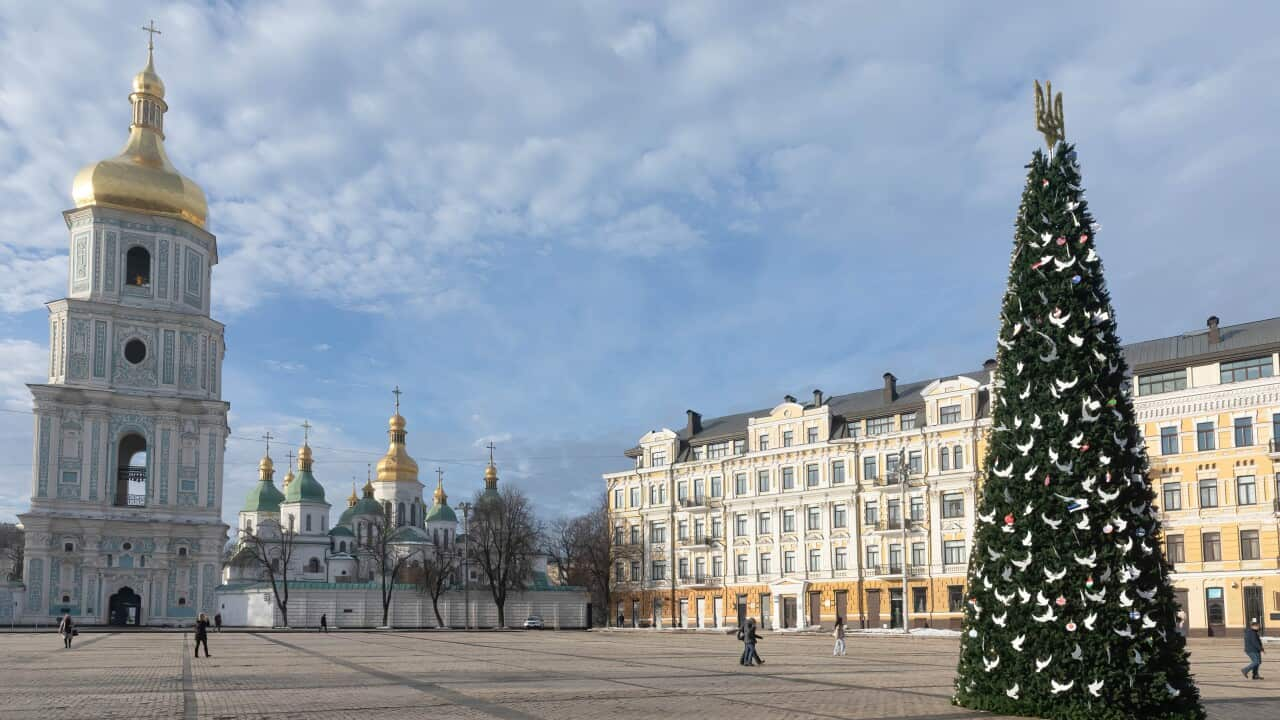Farvardin Daliri is no stranger to migration.
The discrimination Daliri suffered growing up as part of the Baha’i religious minority in Iran led to his resettlement in India. When his Iranian passport became invalid due to a change of government in his home country, he moved to Melbourne.
“I came for an Australian experience and the Australian experience was not possible in Melbourne because very quickly, we’re attracted to our own like-minded, same religion, same language group," he says.
"That was the extent of the experience in Australia, which was contained within the same cultural identity group. I lived there for a few years in Melbourne, then I felt that I wanted just something more, more different, more exciting, more real to the land, then, I moved out." It’s been almost 30 years since Daliri resettled in Townsville where he runs the Townsville Intercultural Centre and organises the town’s annual cultural festival.
It’s been almost 30 years since Daliri resettled in Townsville where he runs the Townsville Intercultural Centre and organises the town’s annual cultural festival.

Townsville Airport Source: Townsville Airport
“In those days, people would say Townsville was the Australian capital of racism but that didn’t bother me because I come from the experience of far harsher and legitimised racism back in the place where I come from," he says
"So, for me, it was an adventure. People are basically some of the best you can get in the world. You can be friends with them. They will accept you eventually. You will get along. You’re not excluded in a legitimate way.”
Regional Australia's shrinking population
Regional Australia accounts for 40 per cent of the country’s economic output, employing one in three workers.
It refers to all the towns, small cities and areas outside of Sydney, Melbourne, Brisbane, Perth, Adelaide and Canberra.
However, many regional areas struggle to survive with a shrinking population.
Western Australian farmer Stuart McAlpine saw the Shire of Dalwallinu, a sheep and farming region, dwindle before his eyes with an ageing community. He came up with the idea to initiate a regional repopulation project in 2010 and received strong support from the local council.
"The population has been in decline and numbers in the school were declining to a point where it was probably evident that the numbers weren’t going to sustain keeping that school open," he says.
"So initially, it was instigated to try and bring people back into our little community and bolster the population to keep the primary school going."
It wasn’t easy to attract migrants to move 263 kilometres north of Perth. McAlpine’s race against time wasn’t fast enough to save the local school. “Which meant that for me to attract workers on to the farm or future generations, then, you know this is 70 kilometres direct route to the nearest primary school, and in fact, they closed another school down at the same time, so there’s a distance of 105 km between primary schools between Perenjori and Dawallinu, which is obviously not conducive to attracting young people back into the agriculture industry.”
“Which meant that for me to attract workers on to the farm or future generations, then, you know this is 70 kilometres direct route to the nearest primary school, and in fact, they closed another school down at the same time, so there’s a distance of 105 km between primary schools between Perenjori and Dawallinu, which is obviously not conducive to attracting young people back into the agriculture industry.”

The QLD state nominating body has closed the skilled program owing to a “significant backlog” of applications Source: SBS
The Regional Repopulation Advisory Committee which Stuart McAlpine chaired took several years to substantially boost the Dawallinu population.
They’ve had to overcome language barriers by running English classes as well as solve housing problems but the results were heartening.
“We sort of started having families coming out and integrating into the school and it just basically snowballed so we’ve seen increases of up to 15 per cent," he says.
"Even though we’ve lost the little school that was only 12 students at the time, we’ve seen the population in the Dawallinu school basically doubled from sort of 120 odd to sort of 220 odd, and now we’re starting to see them integrate into the outer community and the sporting and sort of some of the service stuff as well. And now, I think we’re very close to just having them surpass nearly 100 of these people becoming Australian citizen as well.”
Pairing up regional areas with new settlers from cities
Microfinance expert Mahir Momand sees a logical solution in pairing up regional areas with new settlers from overcrowded cities.
He runs Regional Opportunities Australia (ROA), a not-for-profit organisation that facilities the job placement and resettlement of migrants into regional areas.
"When they arrive in Australia, about 80 per cent of them settle in big cities," he says.
"On average, I would say that clients that we are currently working would have been living in big cities for 3 to 5 years and still they haven’t found employment in their own field or haven’t found employment at all. These are the people who are very keen to go to regional Australia, to move there permanently and make it their own home."

Source: Pexels
Increased chances of employment
With less competition outside metropolitan areas, numbers from the 2011 Census suggests that the further people move away from big cities, the higher chances are that they’ll be working.
For example, 61.3 per cent of migrants in the cities were working that year compared to a 78 per cent labour force participation rate of overseas-born residents in remote areas.
Nigerian-born Suraj Adebayo Opatokun struggled for years to find a stable job to feed his family of five despite having completed a scholarship in Environmental Science with Macquarie University.
Opatokun soon found a job as a meat inspector in his first attempt in regional Australia and says the ease of the process is a stark contrast to the fierce competition he faced in Sydney.
"Very very hard. It’s been a very nasty experience as a graduate and for more than 3 years, I’ve been looking for stable work and that’s not been realistic. I’ve not gotten any job until this one," he says.
Qualified migrants
Most of ROA’s clients are migrants and recent graduates. Some are overseas-trained medical doctors with Australian citizenship who are unable to find matching jobs in the cities.
Momand says relocating people to regional Australia involves hosting communities meeting multiple criteria such as having low unemployment rate for better mutual outcomes.
“We look into the health system; we look into schools, availability of jobs and small businesses," he says.
Trust the community, and accept Australians for who they are and connect with them because unless we shake a helpful and friendly hand unless we step out, we cannot expect people who are being terrified by the media come out and hug everybody.
"How ready the community is to welcome newcomers because it's very important that when people move to new areas that locals actually embrace them and work with them,"
"So there is a very diverse range of things that we consider before we identify an area as what we call right and ripe regional area to which we place people."
Shift back to the cities
The Australian National University’s School of Demography found that over 60 per cent of newly settled migrants in some regional areas moved to larger cities within five years based on 35 years of data.
It’s a trend that can be reversed says Farvardin Daliri. He brings Townsville-born participants and recent international arrivals together in the youth leadership programs he runs.
Daliri believes successful integration is about bypassing stigma and prejudice from negative media coverage by cultivating understanding and embracing differences.
“Trust. I trust the system," he says.
"Trust the community, and accept Australians for who they are and connect with them because unless we shake a helpful and friendly hand unless we step out, we cannot expect people who are being terrified by the media come out and hug everybody.”
Watch the landmark SBS reality series Struggle Street to learn about the challenges of some of regional Australia’s most disadvantaged communities.
Season 3 of Struggle Street premieres Wednesday 9 October at 8.30pm on SBS. Then continues weekly on Wednesdays. Episodes will stream at SBS On Demand after broadcast.





